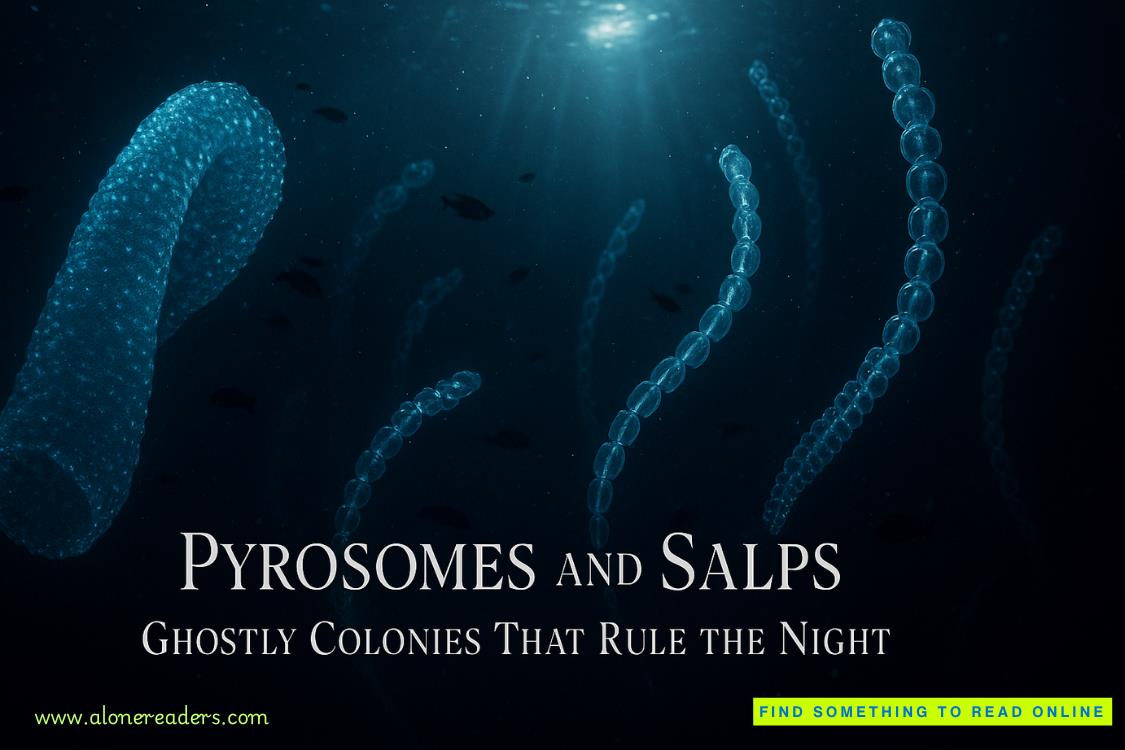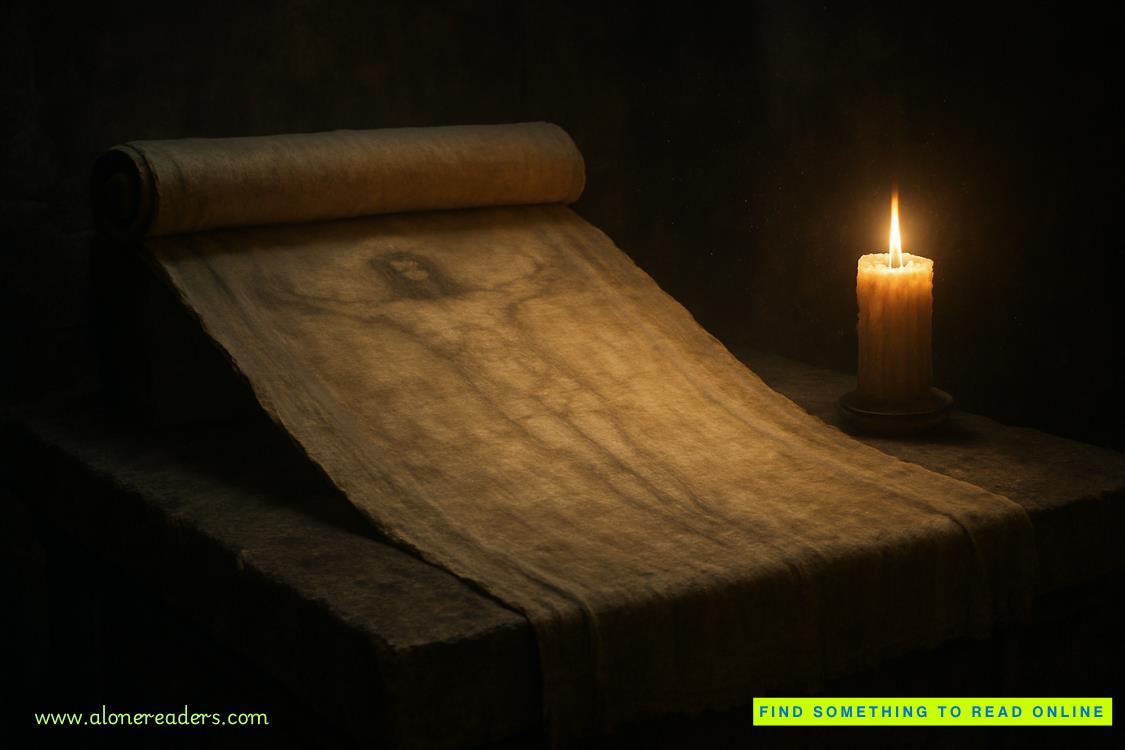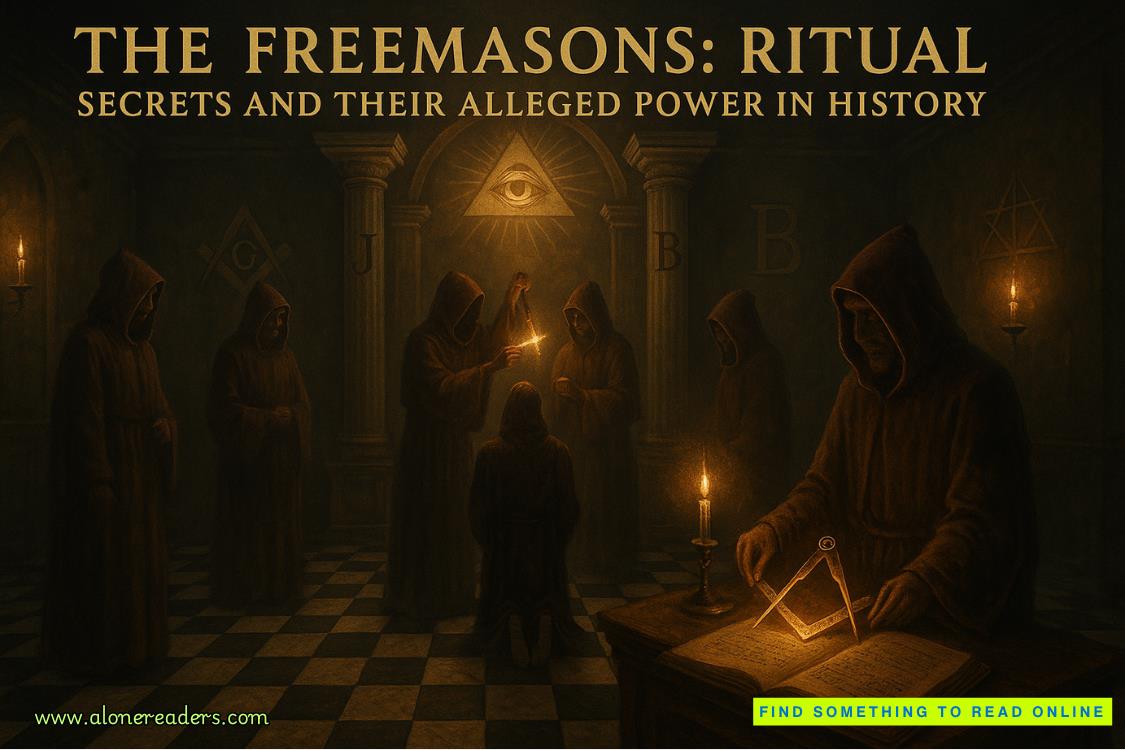Page 63 of A Ruse of Shadows
Before her hackney turned onto the street where the Treadleses lived, she had already spotted the family carriage driving away. It took some spirited chasing and a great deal of shouting to attract the coachman’s attention. Fortunately, the coachman recognized Charlotte: She had spoken to him on Sherlock Holmes’s behalf the previous winter, when his master’s fate had hung in the balance.
Inspector Treadles had already alit when Charlotte finally caught up. She swung herself up directly into his carriage. “I understand you have a train to catch, Inspector, and no time to lose?”
The alarmed policeman nevertheless followed her into the vehicle with alacrity.
As soon as the door closed, even before the carriage rejoined the tide of traffic, Charlotte said, “Concerning the case you gave me, Inspector, I have spoken to Miss Harcourt, Victor Meadows’s niece. And she has found an old photograph of Mrs. Meadows for me. It so happens that we are both acquainted with her.”
She handed over the photograph, which Miss Harcourt had said she could keep, as in happier days multiple prints had been made.
Inspector Treadles stared at the image, then at Charlotte. “Are you sure I know this—”
He looked down yet again. “My goodness, could it possibly be Mrs. Farr, the one who wanted the Yard to look into her sister’s disappearance? And is that the sister beside her?”
“Correct on both accounts.”
Inspector Treadles spent another minute scrutinizing the photograph, looking only more stunned. And then his expression grew sober. “I think back to my conduct at the time with much self-reproach. I’d told Mrs. Farr quite blithely that her sister must have disappeared on a lark, based on little more than my disinclination to believe a troublesome woman. But Mimi Duffinwaskilled—by a jealous lover, it was said, but I don’t recall that anyone was ever charged for the crime.”
Inspector Treadles, alongside Chief Inspector Fowler, had investigated the murder at Stern Hollow. Yet even he didn’t know that Lord Bancroft had been the initial instigator of the crime, the one who had first put a female body in the estate’s ice well to frame Lord Ingram.
He gave the photograph back to Charlotte, his brow furrowed. “What happened to the former Mrs. Meadows and her sister? They weren’t extravagantly provided for, but there was enough of a dower, wasn’t there?”
“Enough if one was willing to make some economies,” said Charlotte. “But about two years after Victor Meadows’s death, Mrs. Meadows and her sister disappeared from Manchester. According to Miss Harcourt, her mother, the late Mrs. Harcourt, found out from Victor Meadows’s lawyers that Mrs. Meadows had married again and would no longer receive the dower.”
“You think she married to her economic disadvantage this time around?”
“I was inclined to consider that likely, because Mrs. Farr has a child. But according to Mimi Duffin’s friend, whom I met this afternoon, the child was adopted. In any case, Mrs. Watson should have already visited Somerset House this afternoon to check marriage records.”
Inspector Treadles picked up the newspaper on the carriage seat next to him and tapped the rolled-up column against his palm. “After I learned about Mimi Duffin’s death, I looked a little into Mrs. Farr. She is no ordinary woman. She isn’t part of London’s underworld, per se, but she exists on the edge of it. And she has a network of…scouts, let’s say, who keep her supplied with valuable information.”
Unfortunately, Mimi Duffin had known how to evade that network and had kept Lord Bancroft’s identity a secret from her sister until it was too late.
“She has stayed far away from the gaze of the police by being muted about her work, and I’ve heard rumors that she developed that network by helping people in need, especially women and children,” continued Inspector Treadles. “Still, any good senior barrister can make the case that she has the cunning and the mental fortitude to carry out a murder.”
He shook his head. “Miss Holmes, perhaps it would be best if we pursued this case no further. I doubt that Mrs. Farr would wish her past revealed, and she might not appreciate being approached by someone with that dangerous knowledge.”
“I agree,” said Charlotte.
It would indeed be wiser if she stopped. But did she have a choice in the matter?
She looked outside the window. Until last year, she’d never spent an August in London—the end of July had always marked her family’s migration to the seaside or the countryside. Mrs. Farr would have been about the same age as Charlotte when she’d abandoned the familiar rhythms of a Manchester woman of means for a very different life in the poorer districts of London.
Except she’d had a young sister to look after and no friends on a par with Lord Ingram and Mrs. Watson to cushion her fall.
Charlotte realized she had been quiet for some time. She had finished her report, but she and Inspector Treadles were not on such close terms that she could simply indulge herself in silence.
“Are you headed to a riveting case, Inspector?” she asked.
This was small talk for her, though he might not consider his case to be an idle topic.
“A baffling one, to be sure,” answered the policeman. He did not sound reluctant to speak of his work. “A lone woman arrived in a small community and was killed almost right away.”
A lone woman?
“Where is this small community, Inspector, if you don’t mind my curiosity?”
Perhaps he heard the sudden interest in her voice, for he studied her, a little taken aback. “Near a village called Feynham, not far from the Swale.”
That was only a little farther from Sittingbourne, where Mrs. Claiborne’s last letter had been postmarked.















